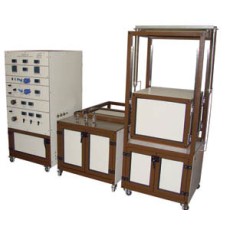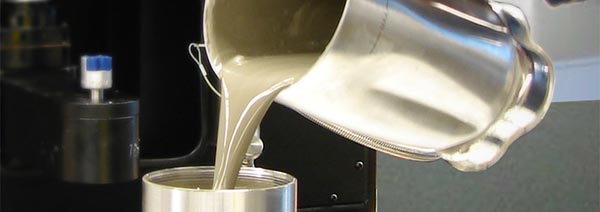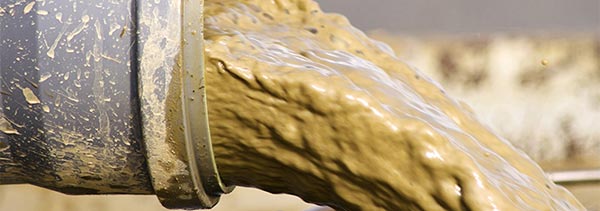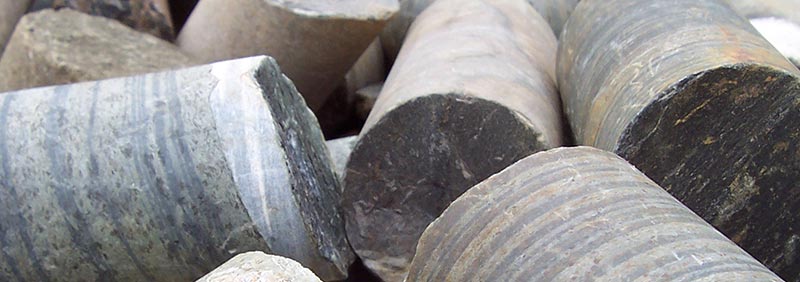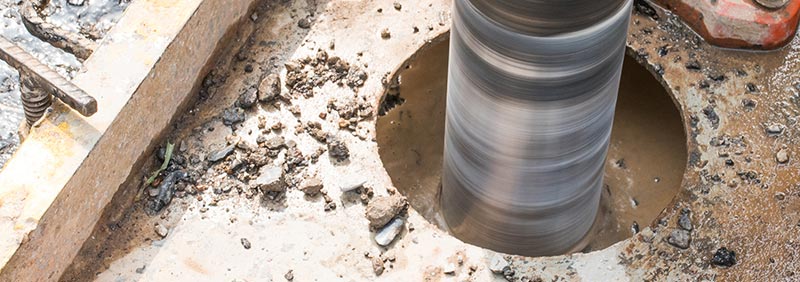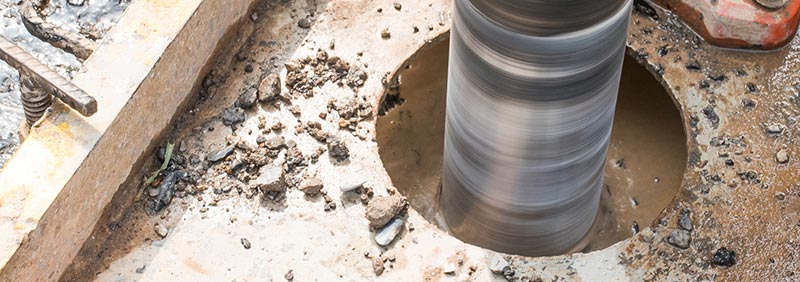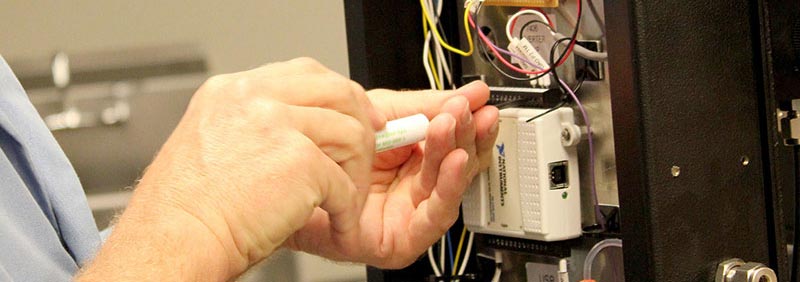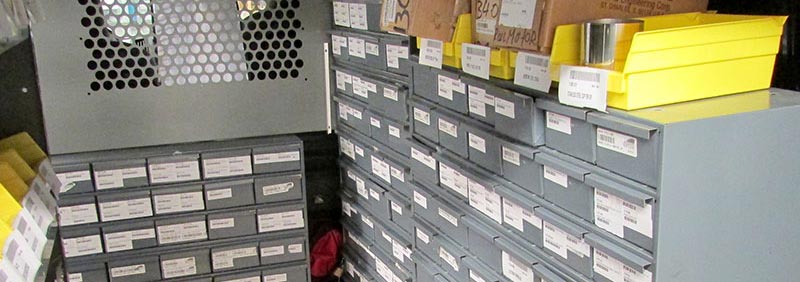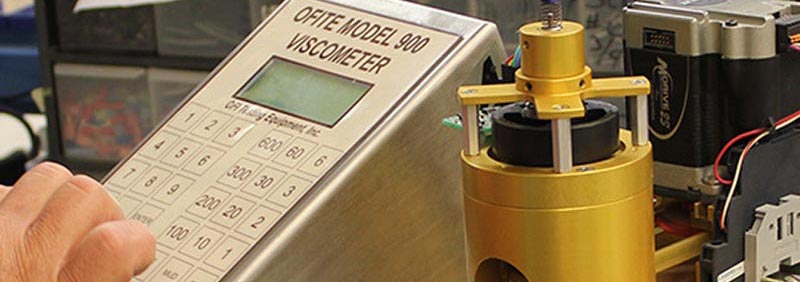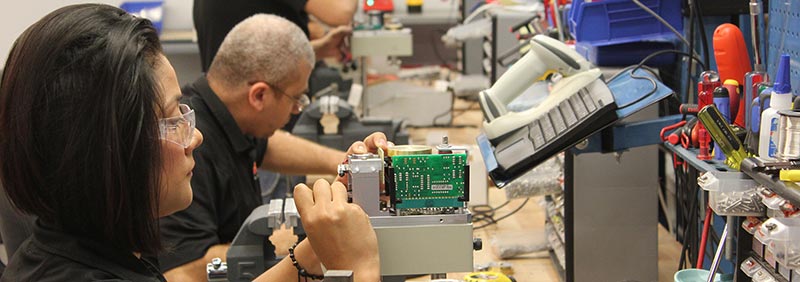Automated Reservoir Permeability Tester
The permeability of a petroleum reservoir is one of the most influential parameters in determining the production capabilities of a producing formation. Permeability is a measure of the ability of a fluid to flow through a porous media when subjected to a differential pressure and is mathematically equated by Darcy’s law. In equation form:
Q = kAdp / (µL)
Where:
- Q = Flowrate
- k = Permeability
- A = Cross Sectional Area
- dp = Differential Pressure
- µ = Viscosity
- L = Length
Cross sectional area and length are governed by the reservoir geometry and cannot be changed. Fortunately, reservoir pressure, fluid viscosity, and permeability may be modified by petroleum operations. To improve the production potential of a reservoir, differential pressure may be increased by water flooding and/or fluid viscosity may be reduced chemically. Similarly, reservoir permeability may be enhanced by acidizing techniques, or even more significantly, reduced during drilling, cementing, and workover operations. Any fluid that comes in contact with the producing formation may significantly reduce the permeability and greatly affect the production capabilities of the reservoir. Studies are typically conducted on core specimens to determine how drilling, cementing, and workover fluids affect the permeability of the formation. The Reservoir Permeability Tester was developed to evaluate how fluids affect the permeability of a core specimen. In addition, the unit may be used to evaluate acidizing techniques and to develop typical Acid Response Curves (ARCs).
Method of Operation
A core specimen is placed into the Viton® core sleeve and then inserted into the "Hassler" test cell. Confining pressure is placed on the sleeve via an air-driven hydraulic pump. Accumulators are filled with the desired test fluids and the necessary back pressure, dependent upon the test temperature, is placed upon the system. The temperature controller is set appropriately and the test cell is allowed to reach temperature. Valves are positioned in such a manner that the test fluid is driven through the core in the forward direction and the fluid delivery pump is activated. Differential pressure across the length of the core is measured via a pressure transducer and documented via the Data Acquisition System. If desired, the test fluid may be driven in the reverse direction by adjusting the control valves. Other test fluids are quickly and easily accessible from other accumulators. Nitrogen may be used for gas testing.
A typical test sequence could involve: establishing effective permeability and 100 percent saturation with a brine, reversing flow direction with oil to establish an irreducible water saturation, contaminating the core in the forward direction with possibly a drilling filtrate, and finally reversing the flow direction with oil to examine the return permeability. Several sequences could be performed to simulate a producing reservoir during each phase/stage of production.
A Digital Acquisition System (DAS) is included with the Model 340. The PC connects to the Reservoir Permeability Tester and records the test data in real time.
Features
Each Reservoir Permeability Tester is built-to-order. Features and specifications vary with each unit. Contact an OFITE sales representative for a customized quote. Standard features include:
- "Hassler" test cell accepts variable-length cores
- Duplex pump delivers constant drive pressure
- Flow direction of test fluid easily reversed by use of valves
- All wetted components constructed of Hastelloy® or 316 Stainless Steel

